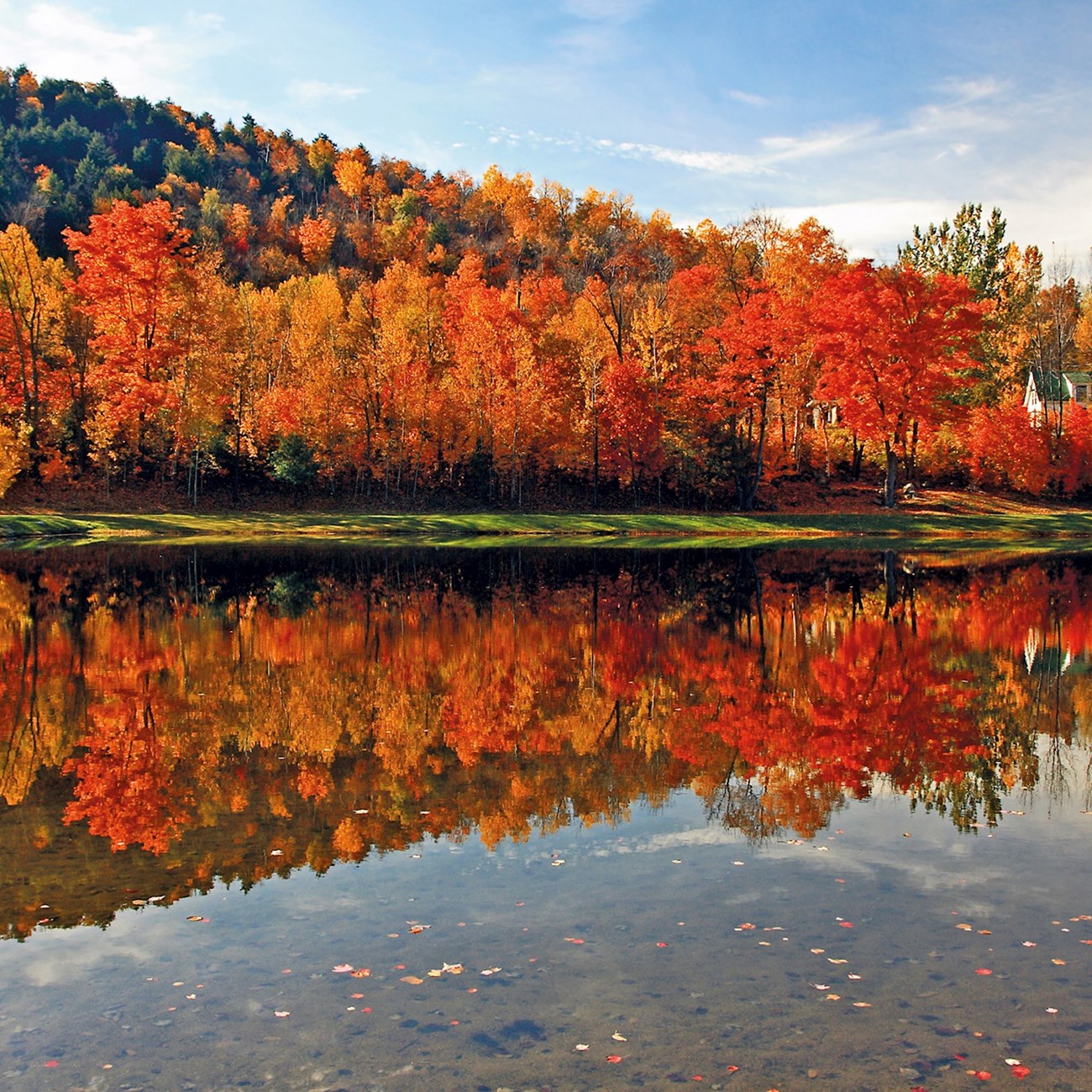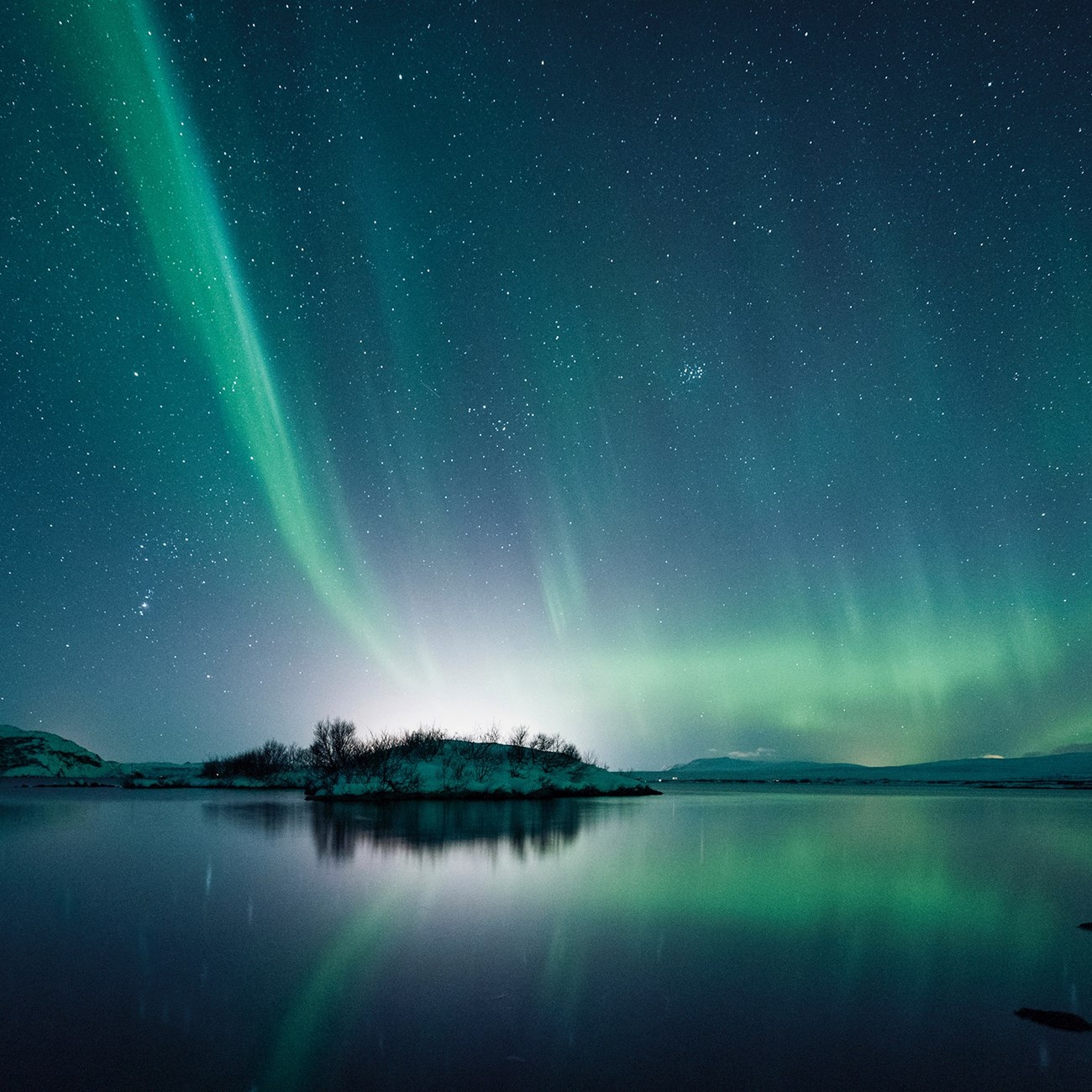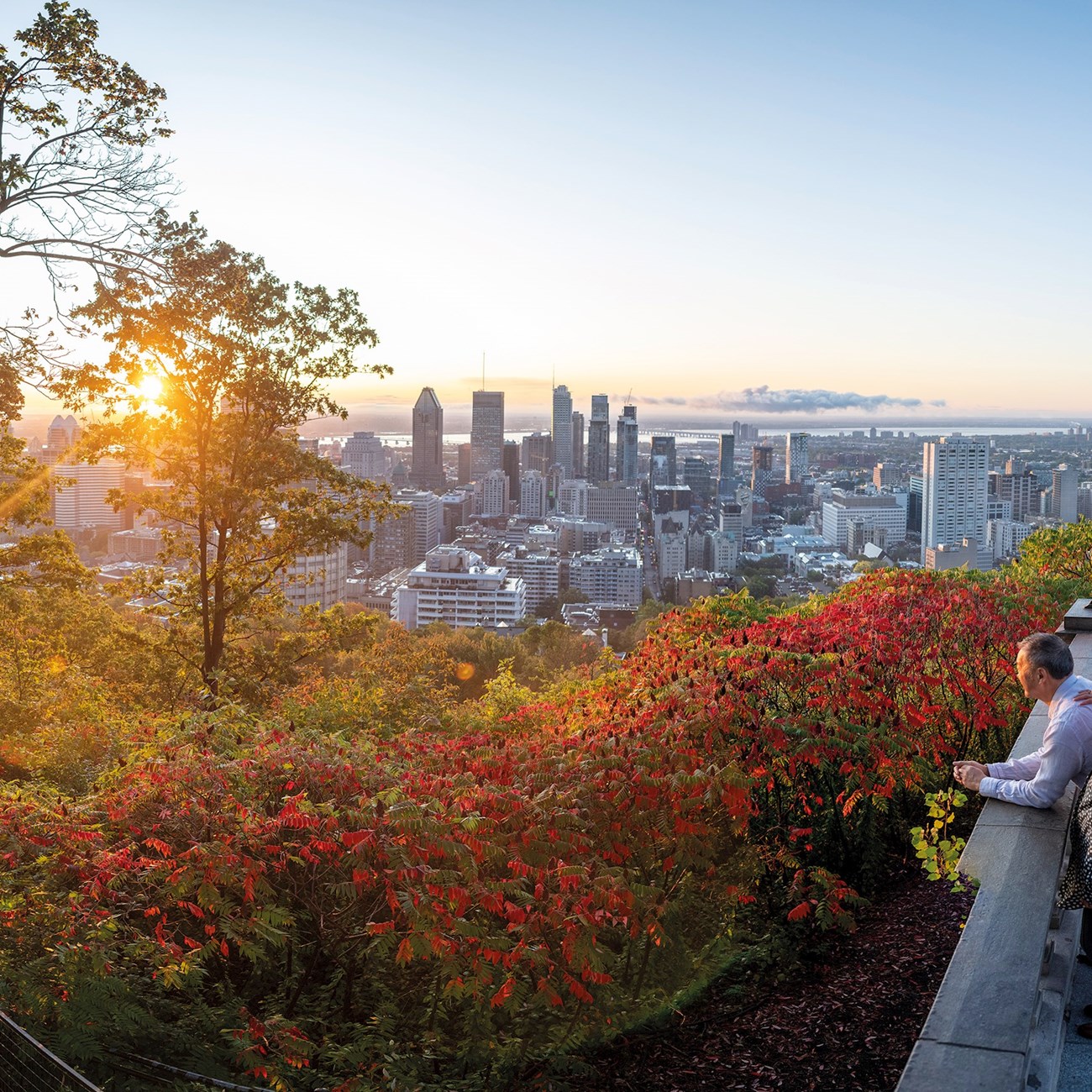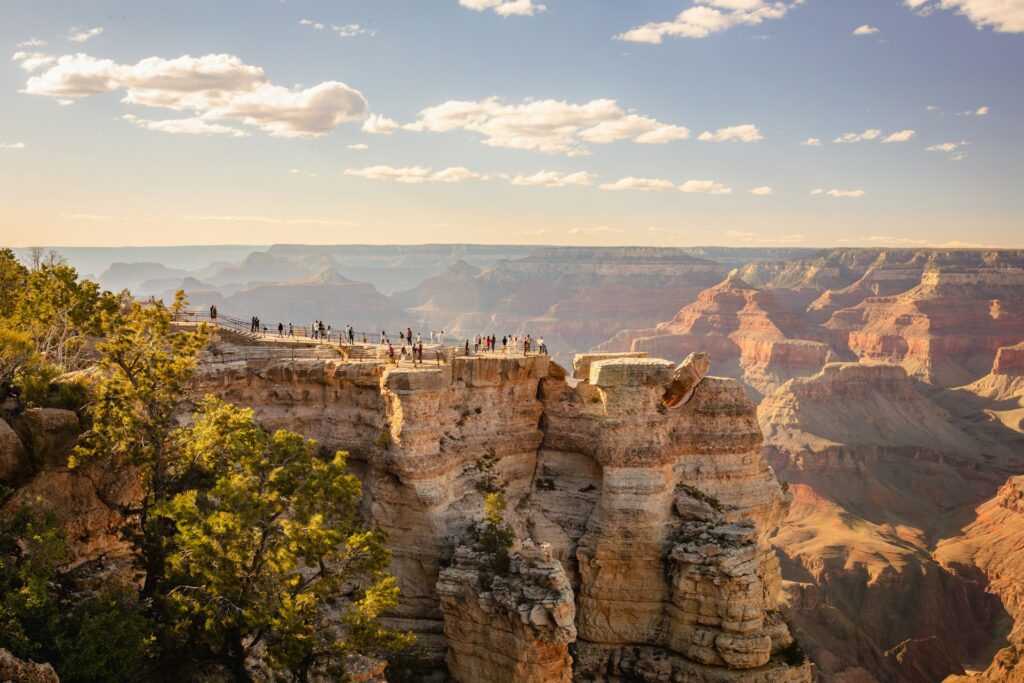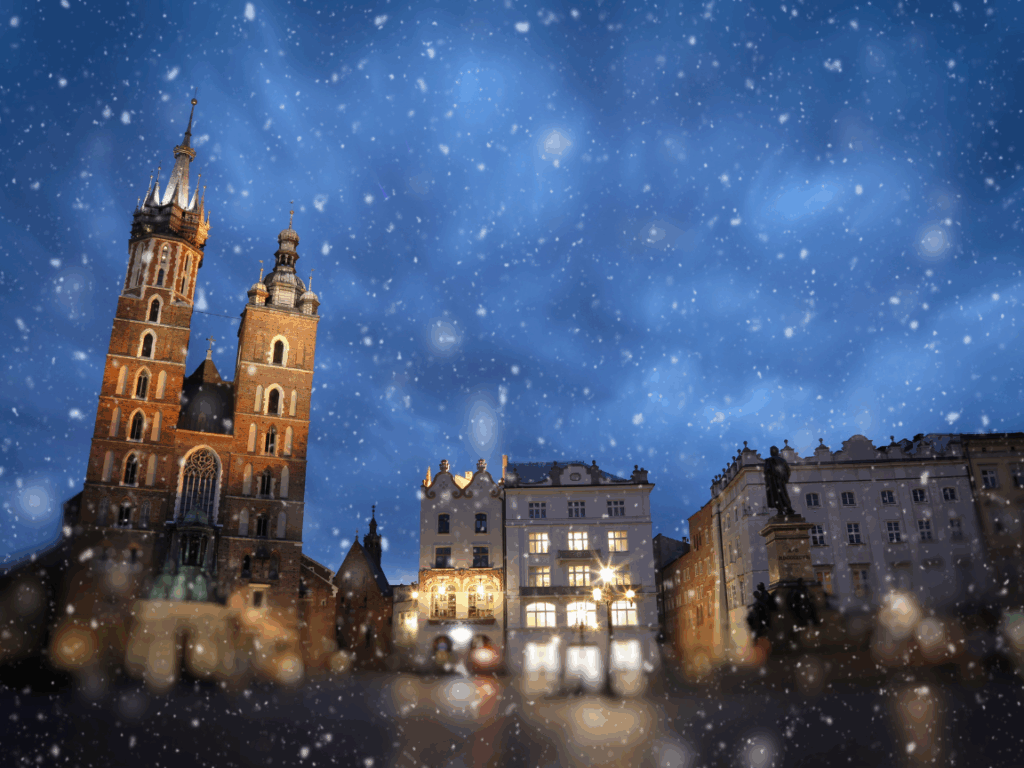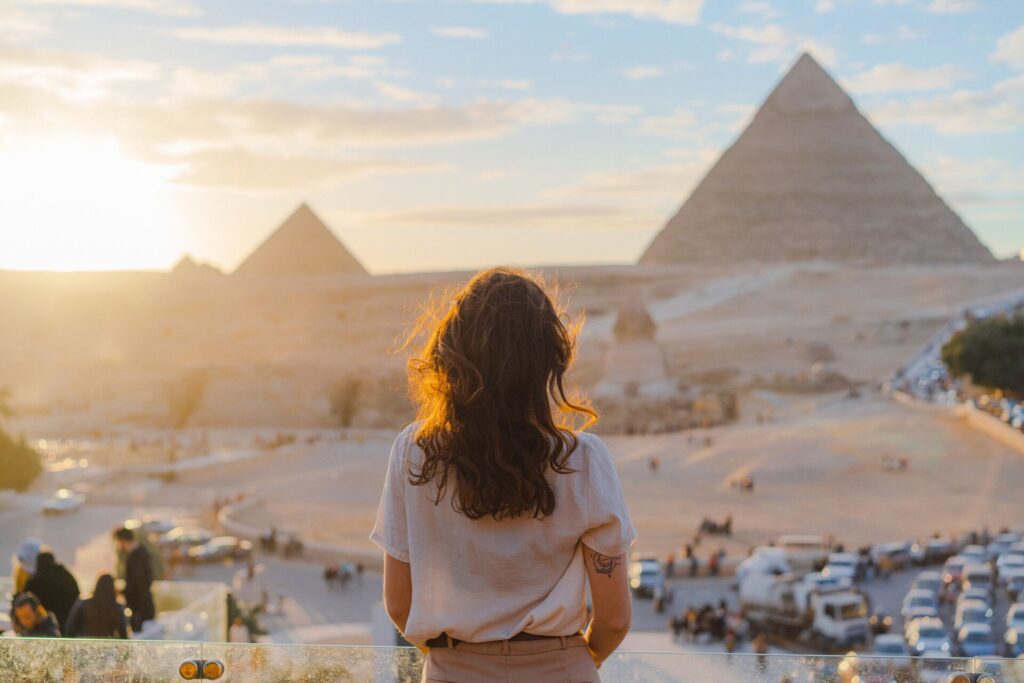Autumn Equinox Explained: The Astronomy Behind the First Day of Fall
As the summer begins to fade, you may begin to feel the shifting of the seasons with leaves turning orange, days becoming shorter and energy slowing down – that’s fall announcing itself, marked by the autumnal equinox. Being in tune with the seasons can help you make the most of what each one brings, so here’s everything you need to know about the autumn equinox.
1. What is the autumn equinox?
The autumnal equinox, also known as the fall equinox, vernal equinox or September equinox, marks the astronomical first day of fall. The changing of the seasons signals a change in pace from the spritely summertime – temperatures begin to drop, the leaves change color, food becomes cosier and everything begins to slow down.
2. When is the autumn equinox?
When the autumn equinox falls will depend on whether you’re in the northern or southern hemisphere. In the northern hemisphere, autumn equinox occurs between September 22-23 each year, whereas in the southern hemisphere it’s between March 19-20.
In 2025 the autumnal equinox will occur on Monday 22 September at 18:20 UTC.
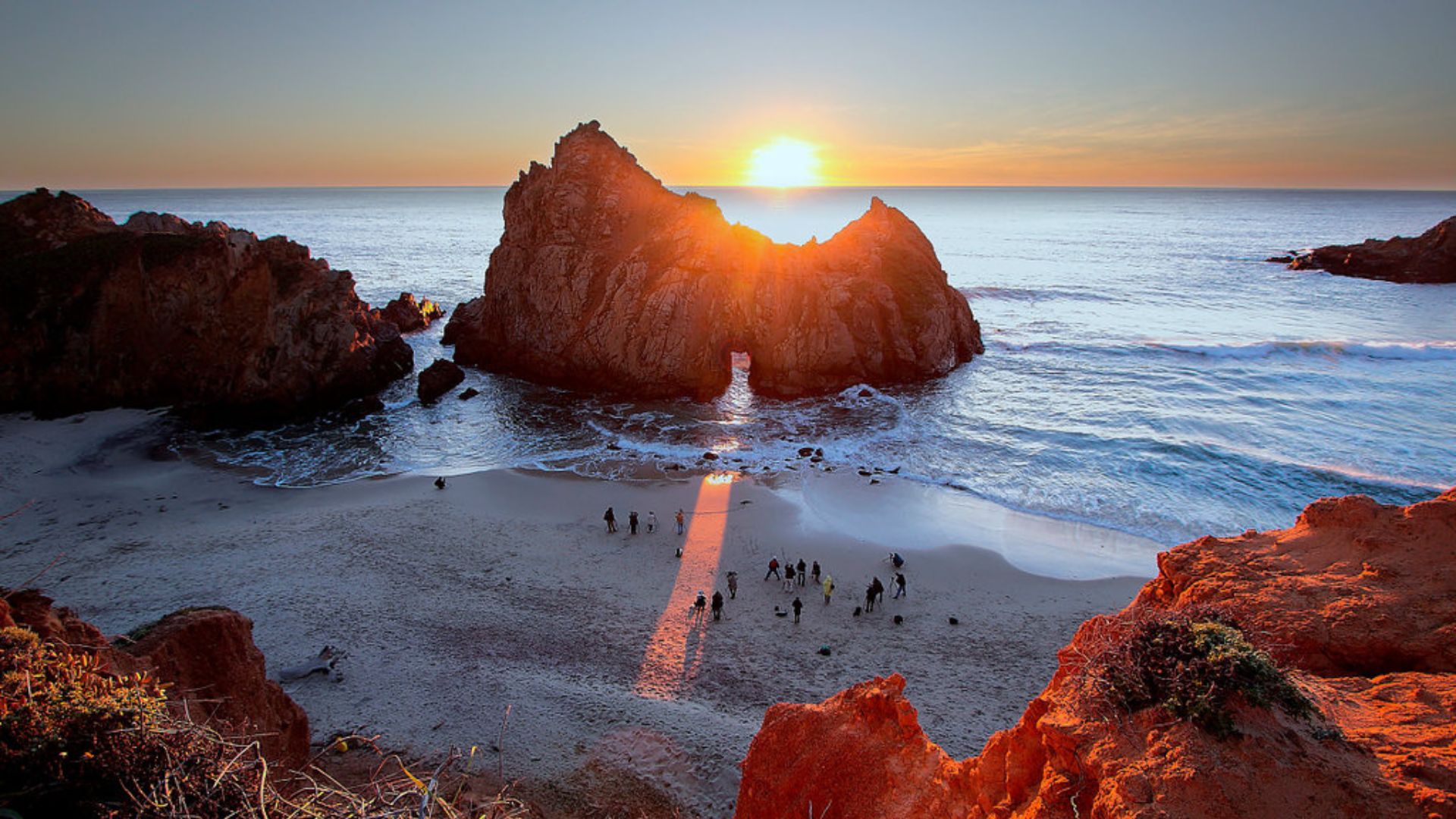
Autumn equinox occurs twice a year – once in the Northern Hemisphere (September) and once in the Southern Hemisphere (March).
3. Is the autumn equinox the first day of fall?
There are three ways to classify the seasons: astronomical, meteorological and phenological. You may see the autumn equinox explained astronomically, whereby the four seasons are based around the equinoxes and solstices – though there are two schools of thought, one viewing the equinoxes and solstices as the start of a season, and those who believe it marks the middle of the season.
On the other hand, meteorologists see the seasons explained by average monthly temperatures and the Gregorian calendar. The seasons are divided into periods of three full months, with the 1st of March, June, September, and December marking the beginning of a new season (spring, summer, autumn and winter, respectively). So, according to meteorologists, fall runs from September-November in the northern hemisphere.
The less-common way of marking the first day of autumn is through phenological indicators, which take into account ecological and biological signs, from foliage color and leaf fall, the appearance of fruits and berries, and animal migration. Of course these are dependent on weather and climate and don’t occur at the same time every year, making it almost impossible to give an exact date.
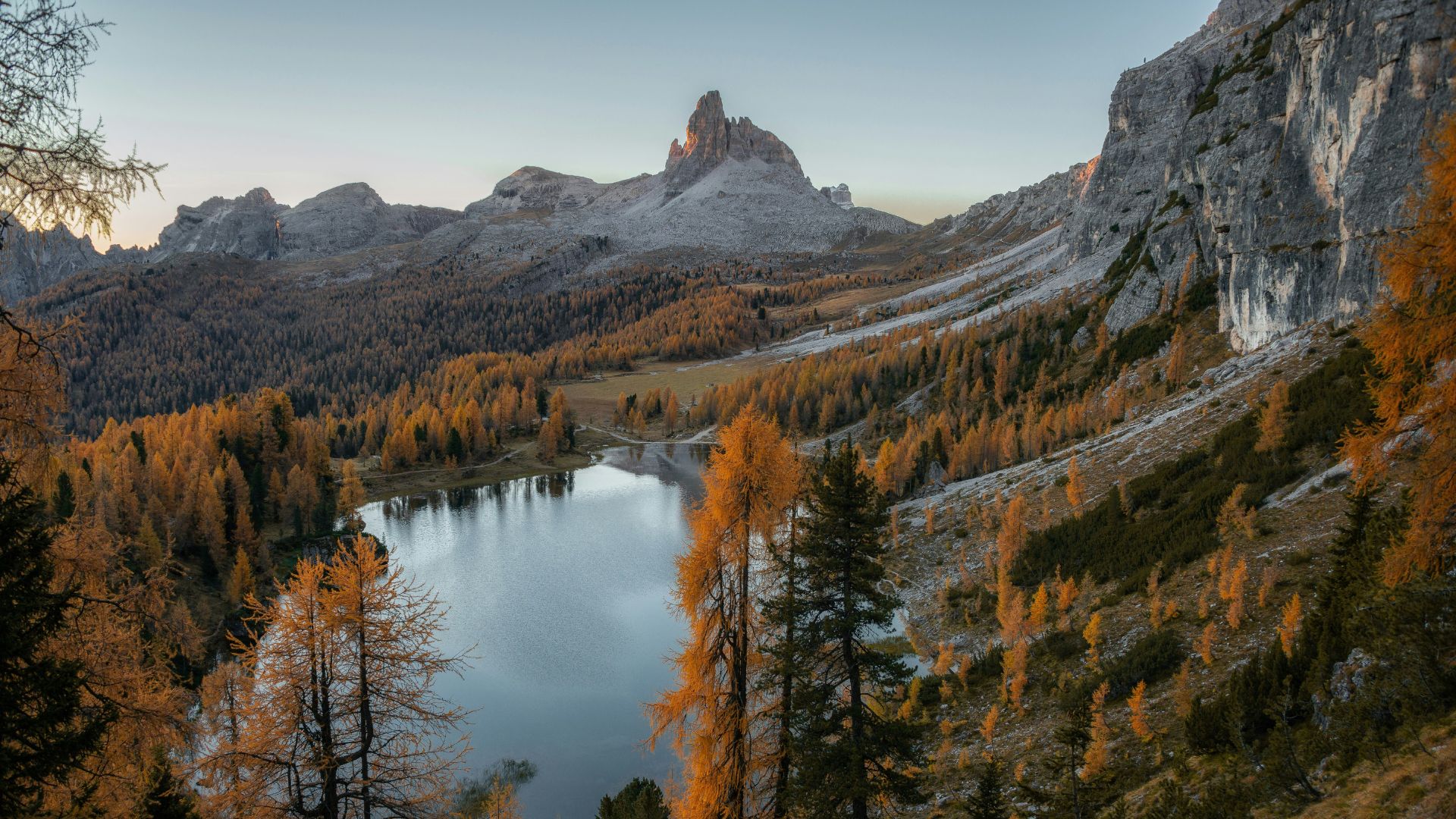
Fall foliage in the Dolomites
4. What happens during the autumn equinox?
Because the Earth is tilted on its axis, throughout the year the northern and southern hemispheres receive longer and shorter amounts of sunlight, depending on where the Earth is in its orbit. However, during two points in the year the Sun illuminates both hemispheres equally, resulting in equal hours of daylight and nighttime – these are the equinoxes.
The equinoxes are also a great time to see the aurora borealis in the northern hemisphere, or aurora australis in the southern hemisphere. During an equinox, there are up to twice as many geomagnetic storms on the surface of the Sun which leads to more solar particles in space. Simultaneously, according to the Russell-McPherron hypothesis the Earth’s tilt during an equinox allows more solar particles to enter its atmosphere. Planning your Northern Lights visit around the equinox isn’t a bad idea!
Save up to $3,000* per couple on your first Premium Tour
Plus receive latest offers, travel inspiration, and discover how your travels will make a positive impact. Together, WE MAKE TRAVEL MATTER®. Subscribe Now5. How is the autumn equinox celebrated?
You’ll find the autumn equinox explained differently in different cultures, from Pagan rituals in England to Mayan celebrated in Mexico.
The harvest moon is the closest full moon to the autumn equinox, so many celebrations have their roots in harvest festivals that mark the beginning of fall.
In Peru, there’s an ancient stone monument at Machu Picchu called Intihuatana, which translates from Quechua as ‘Hitching Post of the Sun’. This large granite structure likely served as an astronomic and religious site, helping Incans track the sun and mark the solstices and equinoxes – most days the stone casts a shadow, but at midday on spring or autumn equinox, the shadow disappears.
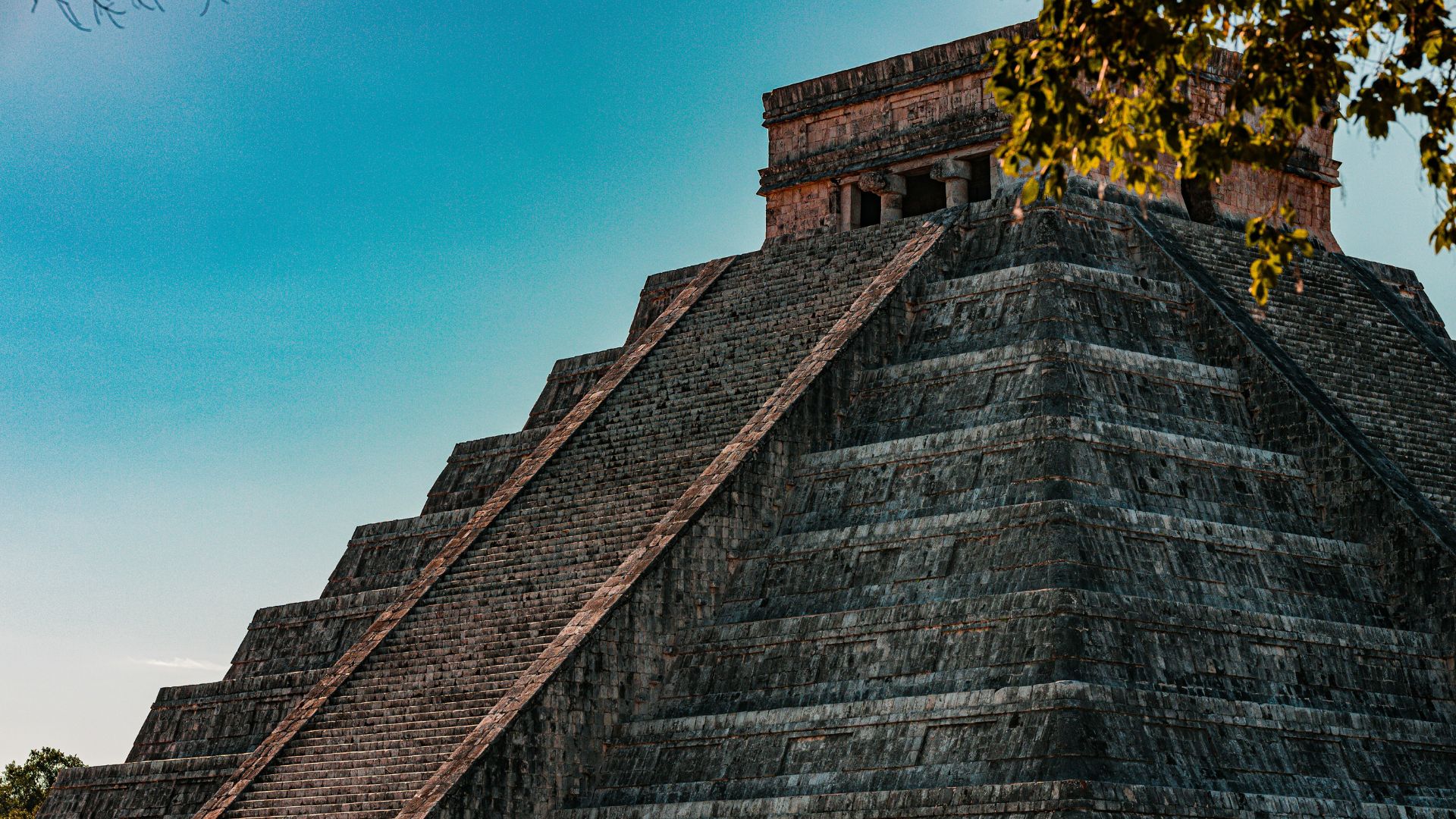
Chichén Itzá, Mexico
In Mexico, thousands of people still gather during the autumn equinox to see the phenomenon at Chichén Itzá, a complex of Mayan ruins. During this time, the Kukulkan Pyramid becomes the center of attention – between 3-5pm the sun casts a shadow that appears in the shape of a serpent, slithering down the northern staircase. Kukulkan was god of wine, rain and storms, and was associated with the cyclical nature of time. It’s common to wear white when visiting during this time of year to witness the equinox on this sacred Mayan site.
England’s great, mysterious Stonehenge was built with equinoxes and solstices in mind, and is a sacred site for Druids and Pagans. The monument was both an astronomical tool and sacred site, used to mark key moments like equinoxes, linked to spiritual themes of rebirth, fertility, and cosmic order. On the autumn equinox, Druids, Pagans and other visitors from around the world gather to witness the sun rise above the stones. Throughout the rest of Britain the Pagan and Wiccan cultures celebrate Mabon, a harvest festival where communities would come together to celebrate their crop and prepare for the winter ahead.

Druid Circle in Port Erin, United Kingdom
6. What is the difference between a solstice and an equinox?
Think of solstices and equinoxes as opposites; solstice marks either the longest or shortest day of the year (summer solstice and winter solstice, respectively), while an equinox occurs when day and night are equal (falling in spring and autumn). There are equal amounts of time between each solstice and equinox – the spring equinox is halfway between winter and summer solstice, and autumn equinox is halfway between summer and winter solstice.
An equinox is measured using the ‘celestial equator’, which is an imaginary extension of the Earth’s equator line into space, where we can measure when the Sun crosses this line. When the Sun’s center passes through this line, an equinox occurs.
7. Are day and night equal length on the equinox?
Though the word ‘equinox’ is derived from the Latin ‘aequus’, meaning ‘equal’, and ‘nox’ meaning ‘night’, this doesn’t mean that day and night are exactly equal during an equinox.
Though they are roughly equal in length, most places on Earth will experience slightly more daylight hours than nighttime hours during an equinox.
After the autumn equinox, days become shorter than nights until winter solstice, which marks the shortest day, with daylight hours increasing until summer solstice, marking the longest day.
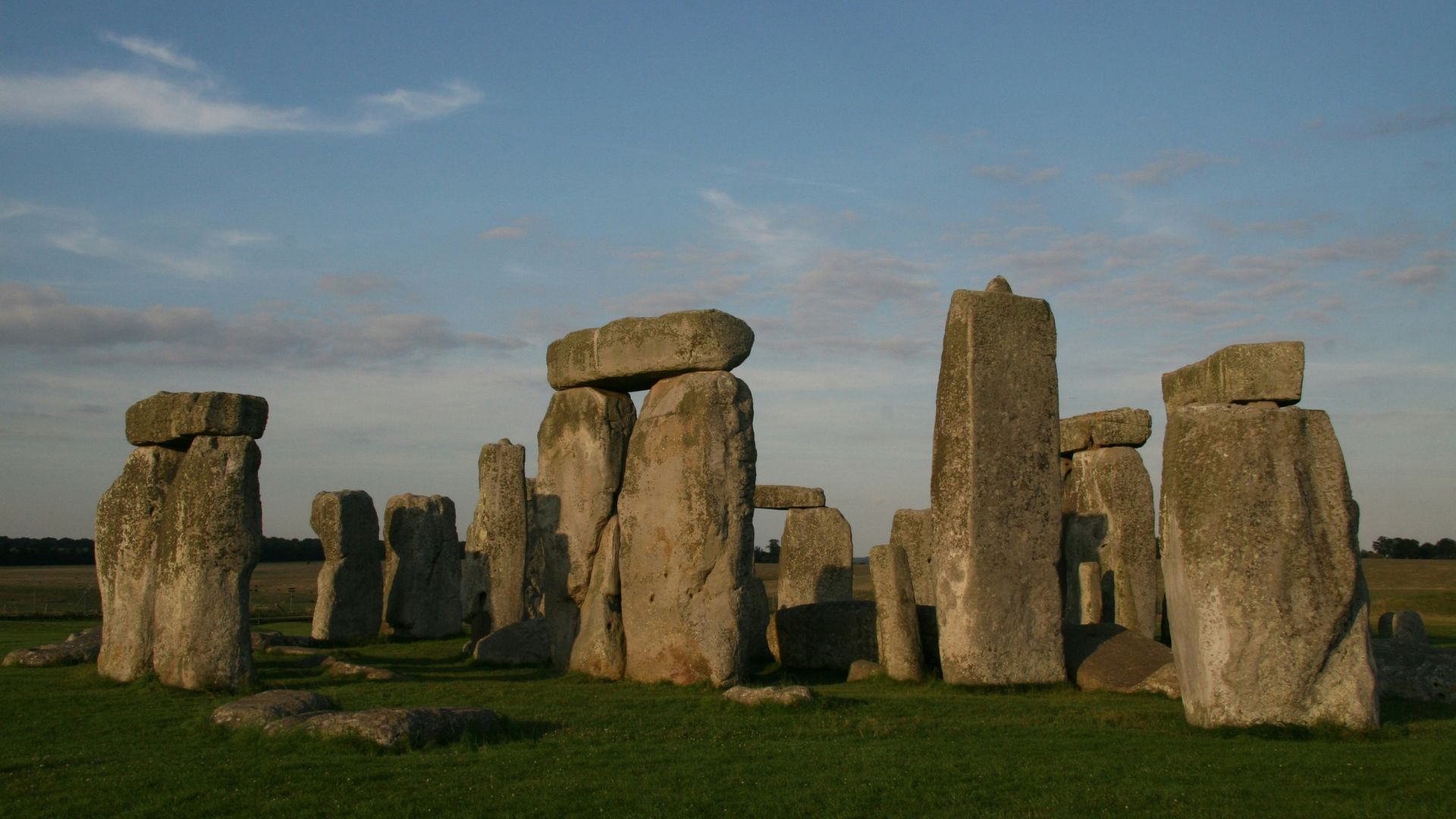
Around 2,000 people gather for equinox at Stonehenge – compared to 25,000 celebrating summer solstice.
8. Can you balance an egg on the equinox?
There’s one persistent legend that reappears every year: that you can balance an egg in an upright position on the equinox, citing a gravitational change due to the Earth’s position relative to the sun. In theory, as the Sun and moon are equidistant from the Earth, the gravitational pull is equal and would stop the egg from rolling onto its side.
We don’t want to be a killjoy, but there’s absolutely no proof that the gravitational changes during an equinox are strong enough to help you balance an egg. It’s possible to balance an egg upright at any time of year, if you have enough patience – but the equinox will not help you!

LIKED THIS POST? SHARE WITH YOUR COMMUNITY
